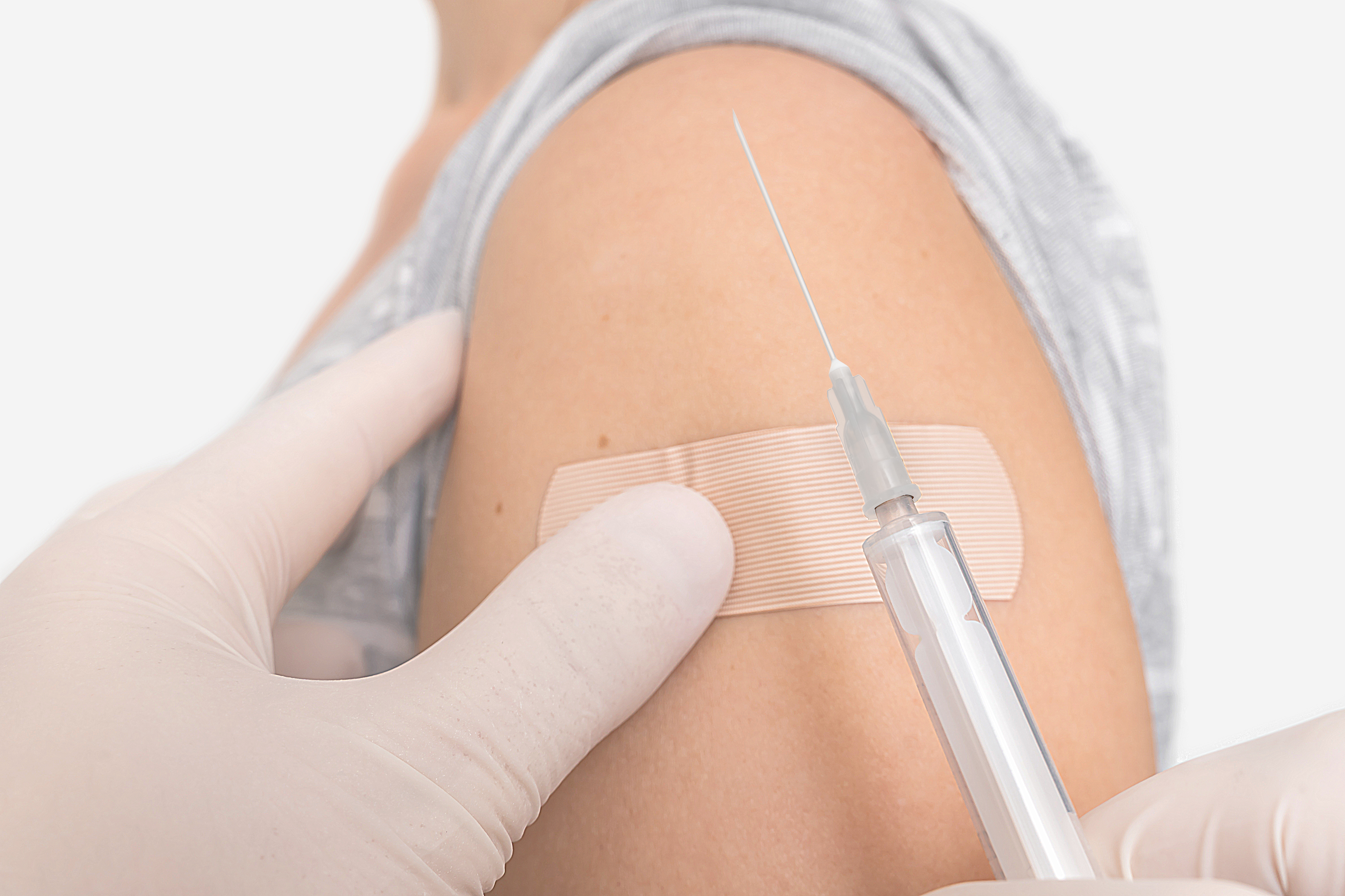columnfor | WiredAI-powered bio-tech can help deploy a vaccine in record time.
June 1, 2022

— contents —
~ column
~ about
publication: Wired
column title: AI-powered bio-tech can help deploy a vaccine in record time.
deck: Simulators can rapidly test trillions of options — to accelerate the slow + costly process of human clinical trials.
date: May 2020
author: by Ray Kurzweil
read | column
the column |
An introduction.
The magnitude of the Covid-19 pandemic will largely depend on how quickly safe and effective vaccines and treatments can be developed and tested. Many assume a widely available vaccine is years away, if ever. Others believe that a 12 to 18 month development cycle is a given. Our best bet to reduce even that record-breaking timeline is by using artificial intelligence.
The problem is twofold: discovering the right set of molecules among billions of possibilities, and then waiting for clinical trials. These processes ordinarily take several years, but AI holds the key to radically shortening both. This is where combining AI with biotechnology is headed, and within several years all vaccine and medication development could be done this way. We can already shorten the development time of a Covid-19 vaccine using this method.
Although a human trial of a vaccine or other treatment is regarded as necessary today before widespread use is approved, even large-scale trials are very imperfect, time-consuming, and expensive. A human doctor may come up with a few dozen drugs that may treat a disease. The actual number of theoretical drug possibilities is in the trillions. The current method for testing these few treatments is to organize a few hundred human subjects and then test them over about a year and a half, at a cost of hundreds of millions of dollars.
Very often, the first several solutions tested on humans are not ideal and lead to other solutions that also take a few years to develop and test. We are literally stuck, watching people succumb to a disease for years while only a few possible solutions are tested. Not much can be advanced until those results are available.
A shift in health tech.
We’re seeing the beginnings of a profound paradigm shift in health tech. AI simulations have the potential to test all of the trillions of possibilities with tens of thousands of (simulated) patients for a (simulated) period of years, and do all of this in a matter of hours or days.
In 2019, for example, researchers at Flinders Univ. — in Adelaide, Australia — created a turbo-charged flu vaccine in part by using a biology simulator that used AI to find drugs that activate the human immune system. In a matter of weeks it created trillions of chemical compounds, and the researchers used another simulator to see if each compound would be useful as an immune-boosting drug against the disease agent, selecting the ideal formulation. US researchers are now testing this optimized flu vaccine on human subjects.
Moreover, in the search for antiviral drugs for Covid-19, Argonne National Lab has used five of the world’s most powerful supercomputers to narrow a billion molecules down to a few thousand. Then, with a combination of physics simulations to model the microscopic chemistry and deep learning for pattern recognition, they identified about 30 of the most promising candidates for laboratory study. To fight the coronavirus much more rapidly and effectively, more labs need to use AI to simulate trillions of possibilities, and then use human trials for the most promising ones.
Testing trillions of solutions quickly.
AI will These examples mark only the beginning of AI’s contribution to overcoming health problems. Today we can simulate how small molecules interact with certain virtual or human proteins. As these methods take-off in the coming years, we’ll be able to test all trillions of possible solutions to each health problem very quickly. Using neural nets with sufficient computational power will go way beyond what humans can possibly do on their own. Given the exponential nature of progress in this field, I believe that by the end of the decade we will be able realistically model all biology and simulate interventions for diseases without the need for human trials.
Amplifying progress in creating new medications for diseases is among the most profound near-term objectives of AI. Such technology will improve medicine for a vast array of diseases, but it will also be enormously valuable when the next pandemic strikes — whenever that happens. It might have a natural origin. It might be a terrorist bioweapon. It might spread faster than Covid-19, and be 10 or 20 times as lethal. Deploying an effective cure in weeks — instead of a year — could save tens of millions of lives.
about | Ray Kurzweil
Ray Kurzweil was the principal inventor of:
- the CCD flat-bed scanner
- omni-font optical character recognition
- the print-to-speech reading machine for the blind
- text-to-speech synthesis
- an electronic music keyboard that can re-create the sound of a grand piano + classical instruments
- the world’s first commercially marketed large-vocabulary speech recognition
He’s received:
- a Grammy Award — for outstanding achievements in music tech.
- the National Medal of Technology ~ US — for invention.
- induction in the National Inventors Hall of Fame — for invention.
Kurzweil wrote 6 New York Times + national best-selling books, including:
book: the Singularity is Near (year 2005)
book: How to Create a Mind (year 2012)
bio: by Wired
— notes —
AI = artificial intelligence
CCD = charge-coupled device
COVID = corona-virus disease
US = United States